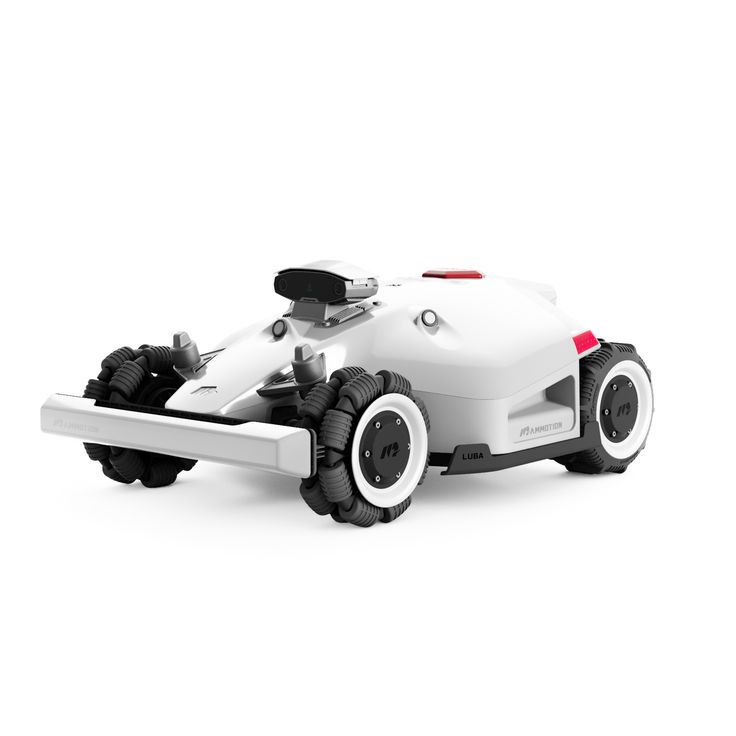Battery powered lawn mower offer a convenient and eco-friendly way to maintain your lawn, but the lifespan of their lithium-ion batteries is a common concern for many users. While batteries do degrade over time, proper care and maintenance practices can significantly extend their operational life and ensure consistent performance for many seasons. By understanding the factors that affect battery longevity and adopting smart habits, you can maximize your investment and avoid premature replacements.
Understanding Battery Degradation
Lithium-ion batteries, like those in your mower, degrade over time due to chemical processes. This degradation manifests as a gradual reduction in their ability to hold a charge, leading to shorter runtimes. Key factors contributing to this include:
- Charge Cycles: Each full charge and discharge cycle contributes to wear.
- Extreme Temperatures: Both very hot and very cold conditions can accelerate chemical degradation.
- Storage Charge Level: Storing batteries fully charged or fully depleted can stress the cells.
- High-Stress Usage: Constantly running the mower at maximum power or through very thick, wet grass can put more strain on the battery.
Essential Tips for Extending Battery Life
Implementing these practices can significantly prolong the life of your mower battery:
1. Optimal Charging Habits
How you charge your battery is paramount to its longevity.
- Avoid Deep Discharges: Do not habitually run your battery until it’s completely dead. Deep discharges put more stress on the battery cells. Aim to recharge the battery when it still has about 20-30% of its charge remaining.
- Don’t Overcharge (Generally): Modern lithium-ion batteries and chargers have built-in protection to prevent overcharging. However, it’s generally good practice to remove the battery from the charger once it’s fully charged, especially if you’re not using a “smart” charger designed for long-term connection.
- Use the Manufacturer’s Charger: Always use the charger specifically designed for your mower’s battery. Off-brand or incompatible chargers can damage the battery.
- Charge in Moderate Temperatures: Charge batteries in a cool, dry place, ideally between and ( and ). Avoid charging in direct sunlight or very cold environments.
2. Smart Storage Practices
Proper storage during the off-season or periods of inactivity is crucial.
- Optimal Storage Charge: For long-term storage (more than a month), charge your lithium-ion battery to approximately 50-60% of its capacity. This is the sweet spot that minimizes stress on the cells.
- Cool, Dry Environment: Store batteries in a cool, dry place with stable temperatures. Extreme heat (like a hot garage in summer) or freezing cold (like an unheated shed in winter) can accelerate degradation. A climate-controlled area like a basement or closet is ideal.
- Keep Away from Moisture: Ensure batteries are stored in a dry environment to prevent corrosion of terminals or internal components.
- Remove from Mower: Always remove the battery from the mower for storage.
3. Mindful Usage
How you operate your mower also impacts battery health.
- Match Power to Task: Utilize your mower’s variable speed settings. Running the mower at full power constantly, especially when not needed, drains the battery faster and puts more strain on it. Use lower settings for lighter cutting.
- Avoid Overloading: Don’t push the mower through extremely thick, tall, or wet grass if it causes the motor to bog down significantly. This forces the battery to deliver maximum power for extended periods, generating heat and stress. Consider raising the cutting height or making multiple passes.
- Keep Blades Sharp: Dull blades force the mower’s motor and battery to work harder, reducing efficiency and increasing strain. Sharpen or replace your mower blade regularly.
4. General Maintenance
While battery mowers are low-maintenance, a few simple checks help.
- Clean Battery Terminals: Periodically inspect and clean the battery terminals to ensure a good connection and prevent corrosion.
- Keep Mower Clean: Regularly clean grass clippings and debris from the mower deck and around the battery compartment to ensure proper ventilation and prevent overheating.
Conclusion
Extending the life of your battery-powered lawn mower’s battery is largely within your control. By adopting optimal charging habits, storing batteries correctly, being mindful of your mowing practices, and performing basic maintenance, you can ensure your battery remains healthy and provides consistent power for many years, allowing you to enjoy the full benefits of cordless lawn care.


